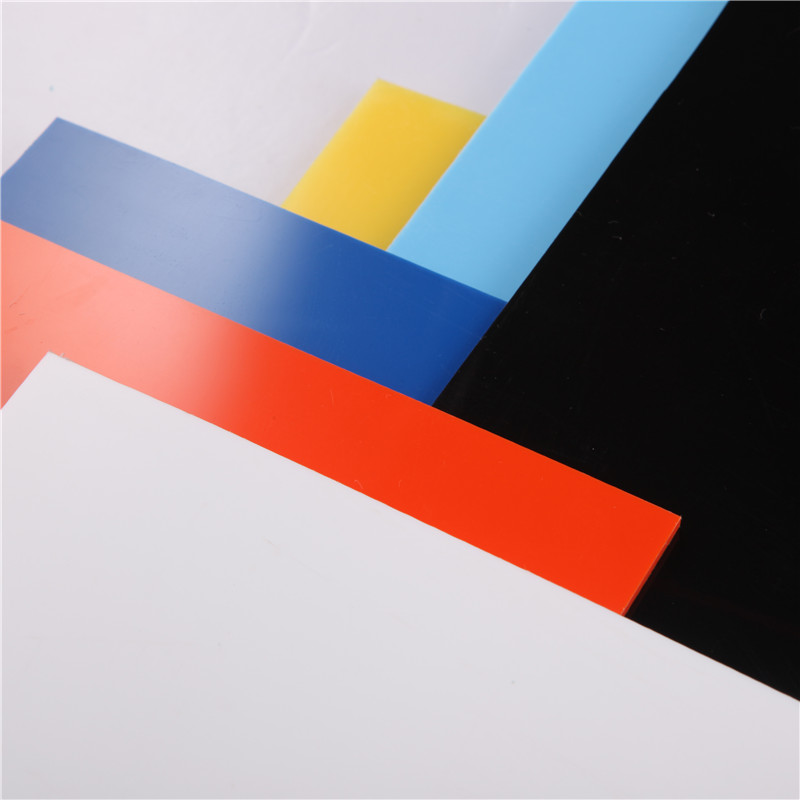Dec . 05, 2024 01:17 Back to list
hdpe pipe electrofusion welding
HDPE Pipe Electrofusion Welding An Overview
In the realm of modern construction and plumbing, the use of High-Density Polyethylene (HDPE) pipes has gained immense popularity due to their durability, flexibility, and resistance to corrosion. Among the various methods employed for joining these pipes, electrofusion welding stands out as one of the most efficient and reliable techniques. This article explores the principles, advantages, applications, and processes associated with HDPE pipe electrofusion welding.
Understanding Electrofusion Welding
Electrofusion welding is a process that involves the melting of a layer of HDPE material on the surfaces of two pipes or fittings to be joined, using electrical energy. The method leverages the unique properties of HDPE, which allows for the creation of strong and hermetic joints. In electrofusion, a special fitting embedded with electrical heating elements is utilized. When the fitting is heated by passing an electric current through it, it causes the adjacent surfaces of the pipes to soften and fuse together.
This process ensures that the joint formed is as strong as or stronger than the pipe itself, providing a seamless connection that can withstand the rigors of various applications, including water distribution, gas supply, and sewage management.
Advantages of HDPE Electrofusion Welding
1. Strength and Durability The fusion process creates a joint that is not only strong but also resistant to environmental factors. This makes HDPE electrofusion welded joints suitable for demanding applications, including those exposed to harsh chemicals and varying temperature conditions.
2. Leak-Free Connections One of the significant advantages of electrofusion welding is its ability to provide leak-proof joints. The seamless fusion eliminates the risk of leaks that can occur with mechanical fittings, ensuring the integrity of the pipeline system.
3. Versatility Electrofusion welding can accommodate a wide range of pipe sizes and wall thicknesses, making it a versatile option for various applications. Additionally, it can be used to join pipes to fittings, which adds to its flexibility.
4. Ease of Use The process of electrofusion welding is relatively straightforward, requiring minimal training for skilled operators. The use of automatic machines also aids in improving production efficiency and consistency.
The Electrofusion Welding Process
hdpe pipe electrofusion welding

The electrofusion welding process consists of several key steps
1. Preparation Before welding, both pipe ends must be properly cleaned to remove any dirt, debris, or oxidation that may impair the fusion. This usually involves scraping the surfaces with a specialized tool.
2. Fitting Installation The electrofusion fitting is placed over the prepared ends of the pipes. It is essential to ensure proper alignment and insertion depth for an effective weld.
3. Electrical Connection The welding machine is connected to the fitting, allowing electrical current to flow through the embedded heating elements.
4. Heating Cycle The machine controls the heating cycle, maintaining specific current levels for a predetermined time based on the fitting size and material specifications. During this phase, the fitting heats and melts the pipe surfaces, allowing them to fuse together.
5. Cooling Phase After the heating cycle, the power is turned off, and the joint is allowed to cool undisturbed. This cooling phase is critical for forming a solid joint.
6. Inspection and Testing Once cooled, the joint is visually inspected for any defects. In many cases, additional tests may be performed to ensure the integrity and strength of the connection.
Applications of HDPE Electrofusion Welding
HDPE electrofusion welding is extensively used across various industries, including
- Water and Wastewater Management Ideal for pipelines that transport potable water or treat wastewater. - Gas Distribution Provides reliable connections for gas supply lines, ensuring safety and efficiency. - Agricultural Applications Used in irrigation systems where durable, leak-free joints are essential.
Conclusion
As the demand for robust, efficient, and leak-proof piping systems continues to rise, HDPE pipe electrofusion welding represents a reliable solution. With its numerous benefits, from strength and durability to ease of use, this technology is set to play an increasingly vital role in the future of infrastructure development across various sectors. Whether for residential, commercial, or industrial applications, electrofusion welding offers a dependable method to ensure the longevity and efficiency of HDPE piping systems.
-
Durable PP Rigid Sheet: Lightweight, Chemical Resistant Solutions
NewsAug.21,2025
-
PVC Grey Sheet for Extraction: Chemical Resistant & Durable
NewsAug.19,2025
-
Durable PVC Pipe Fittings for Plumbing & Irrigation Needs
NewsAug.18,2025
-
HDPE Steel Belt Reinforced Spiral Corrugated Pipe | High Strength
NewsAug.17,2025
-
HDPE Pipe Fittings: Durable, Leak-Proof Solutions
NewsAug.16,2025
-
Premium CPVC Sheet: High-Temp & Chemical Resistant Solutions
NewsAug.15,2025

